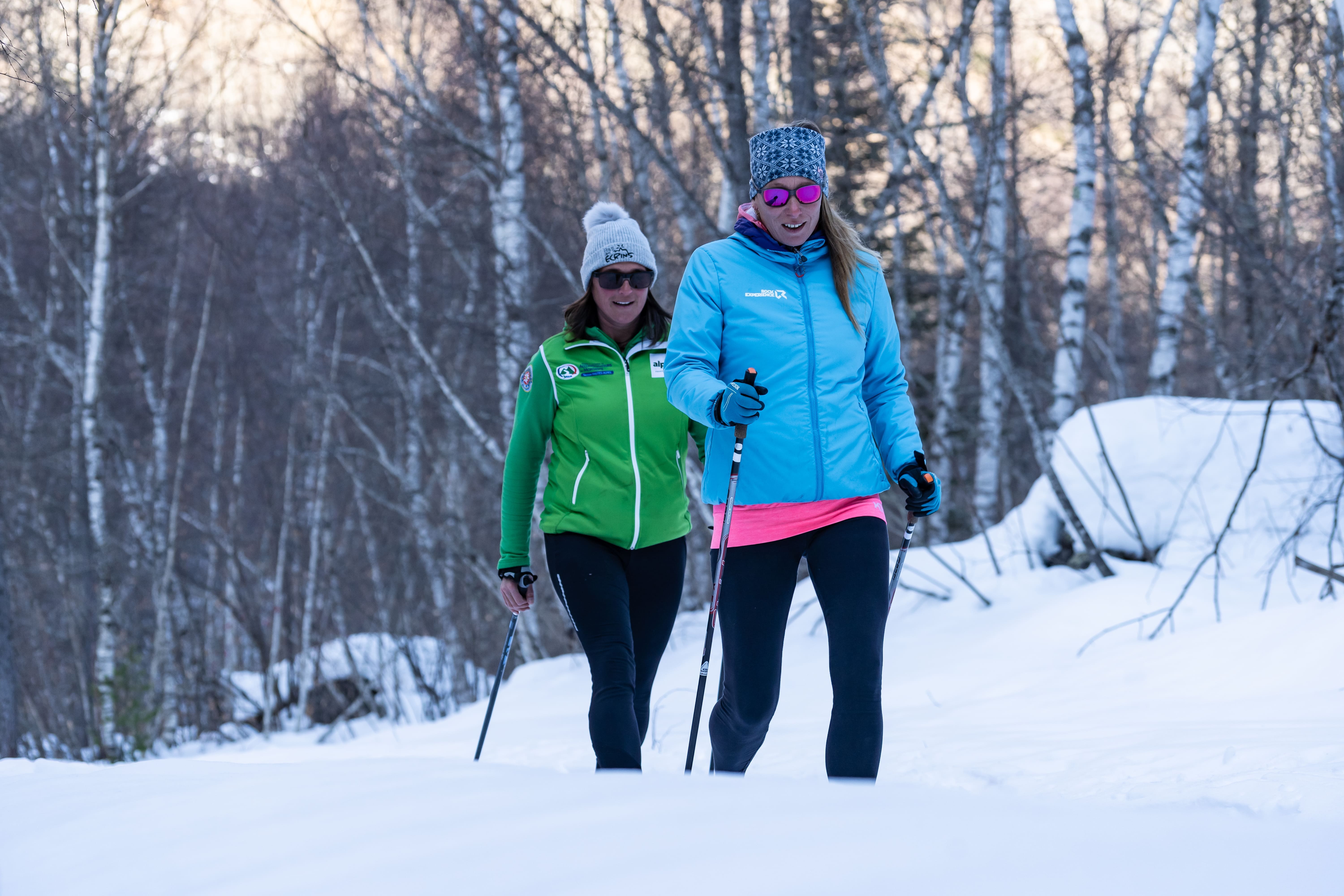
Route no. 1: Les Allouviers
Very Easy
Correspondence with snowshoe rating :
R1
Recommended for :
- Families with small children (from 6 years old) whith no experience
- Less active parents with a baby in the wagon
Description
A 2 km loop from La Biaysse parking lot.
Small initiation loop in the sunshine of the Freissinières valley, ideal for family outings.
Signs : white "snowshoe" signs on purple background.
Description :
Start and finish : La Biaysse parking lot
- From the parking lot, get on the trail Les Allouviers above the road. Take it to the left.
- Reach the nordic ski area, and go down the river up to the bridge.
- Cross the bridge and take the track straight ahead towards the campsite.
- Passing the campsite, walk along the road up to another bridge. Cross the river again, then take left up the road to get back to the parking lot.
- Towns crossed : Freissinières
Gear
Water and snacks
Warm clothing (avoid jeans)
High boots (hiking, rigid snow boots)
Walking poles
Sun screen
Sunglasses
Hat/cap
Small first-aid kit
Recommandations
https://www.nordicalpesdusud.com/domaines/freissinieres
A few rules :
→ You use these itineraries at your own risk. Find out about the weather conditions and avalanche risks published by Météo France. Also, don't hesitate to ask at tourist information offices or the Nordic chalet before you set off.
→ For avalanche-prone itineraries, we strongly advise you to take your avalanche transceiver, shovel and probe with you.
→ Night-time activities on Nordic areas are prohibited. It must be supervised by a professional and must be authorized by the piste service.
→ Some routes are shared with cross-country skiers: give them priority, always walk along the edge of the piste and be vigilant when crossing these shared routes.
→ Don't walk in cross-country ski tracks, straddle them.
→ Respect signage: dangers, prohibitions, trail directions, among other things.
→ Don't overestimate your possibilities!
→ Take your garbage with you!
Please note : This information is given for guidance only. It is your responsibility to check the weather forecast before you leave and not to overestimate your possibilities. The Tourist Office and the PNE cannot be held responsible in the event of an accident. In case of doubt, contact professionals: instructors or equipment hire companies.
Mountain Rescue : dial 112
6 points of interest
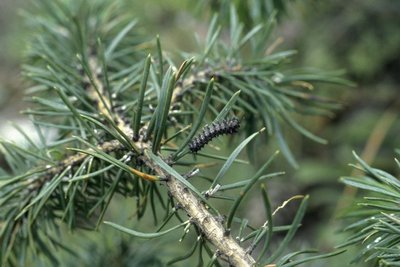
Aiguilles de pin sylvestre - Christian Baïsset - Parc national des Écrins  Fauna
FaunaThe black pine
The black pine did not arrive here of its own accord. It was introduced by the National Forestry Agency and was planted to stabilise eroded mountain areas. It can be identified by its long needles which are grouped in pairs and by its large cones.
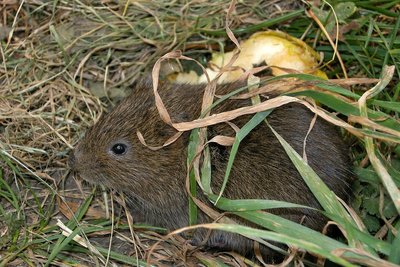
Un campagnol amphibie - Damien Combrisson - Parc national des Écrins  Fauna
FaunaThe southern water vole
Flattened paths through the reeds, and holes 6 to 7 cm in diameter... the southern water vole has been here! This large rodent with dark brown fur on its back digs its burrow in the banks of the stream. This species, which lives close to water, causes no damage to crops. Not a prolific breeder, its numbers are low and it is threatened with extinction.
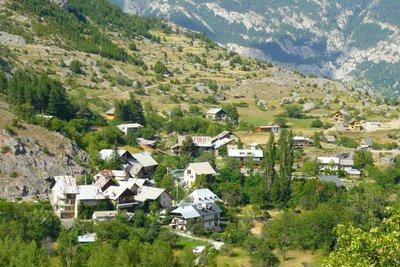
Hameau de Pallon - Office de tourisme Pays des Écrins  Geology and geography
Geology and geographyA Medieval tsunami?
Pallon marks the entrance to the ancient glacial valley of Freissinières, enclosed behind a bar of hard rock. As they melted, the glaciers left behind a lake, trapped by this bar. It is said that this natural dam has been breached on numerous occasions. In the Middle Ages, suddenly released into the Gourfouran gorge, the water is said to have laid ruin to the village of Rame, standing on the plain.
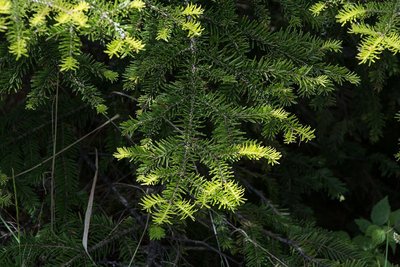
Un sapin pectiné - Mireille Coulon - Parc national des Écrins  Flora
FloraThe European silver fir
The fir thrives on this north-exposed slope, called the ubac. Its needles have two white stripes on their undersides. They are arranged on either side of the boughs, and not all the way around them, which distinguishes it from the spruce. The elongated cones stand upright, rather than hanging downwards. They grow in large number, often mingling with larch trees under whose shade they can grow. By contrast, the larch - the "tree of light" - cannot grow under the cover of fir trees.
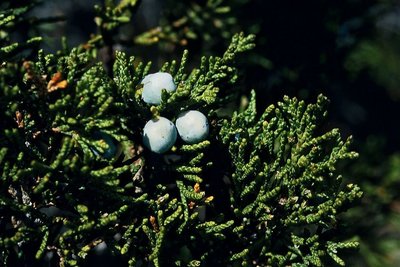
Le genévrier sabine - Bernard Nicollet - Parc national des Écrins  Flora
FloraThe savin juniper
A low spreading shrub, the savin juniper is very common in stony meadows and uncultivated land on warm slopes. Its dark, matte green leaves in the form of small scales, overlap along the branches. So it isn't spiky... but you still need to be cautious as it is very toxic. For seasoning dishes, better to gather the fruits of the common juniper!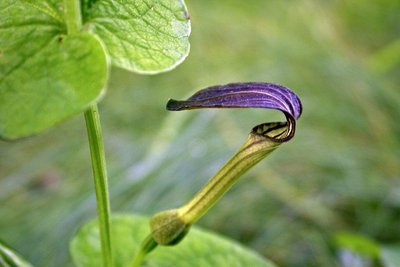
L'aristoloche pistoloche - Damien Combrisson - Parc national des Écrins  Flora
FloraThe Aristolochia pistolochia
The hamlet of Pallon is in a sunny location. Around the village, a curious plant with long brown trumpet-like flowers grows on the edges of the stone piles in the fields and meadows: the aristolochia pistolochia or birthwort. Of Mediterranean affinity, this plant benefits from the hot dry climate here and is virtually at its northern boundary. It is the host plant of the caterpillars of a rare and protected butterfly: the Spanish festoon.
